Home>Others>Specialized Home Improvement Topics>How To Get Mice Out Of Crawl Space
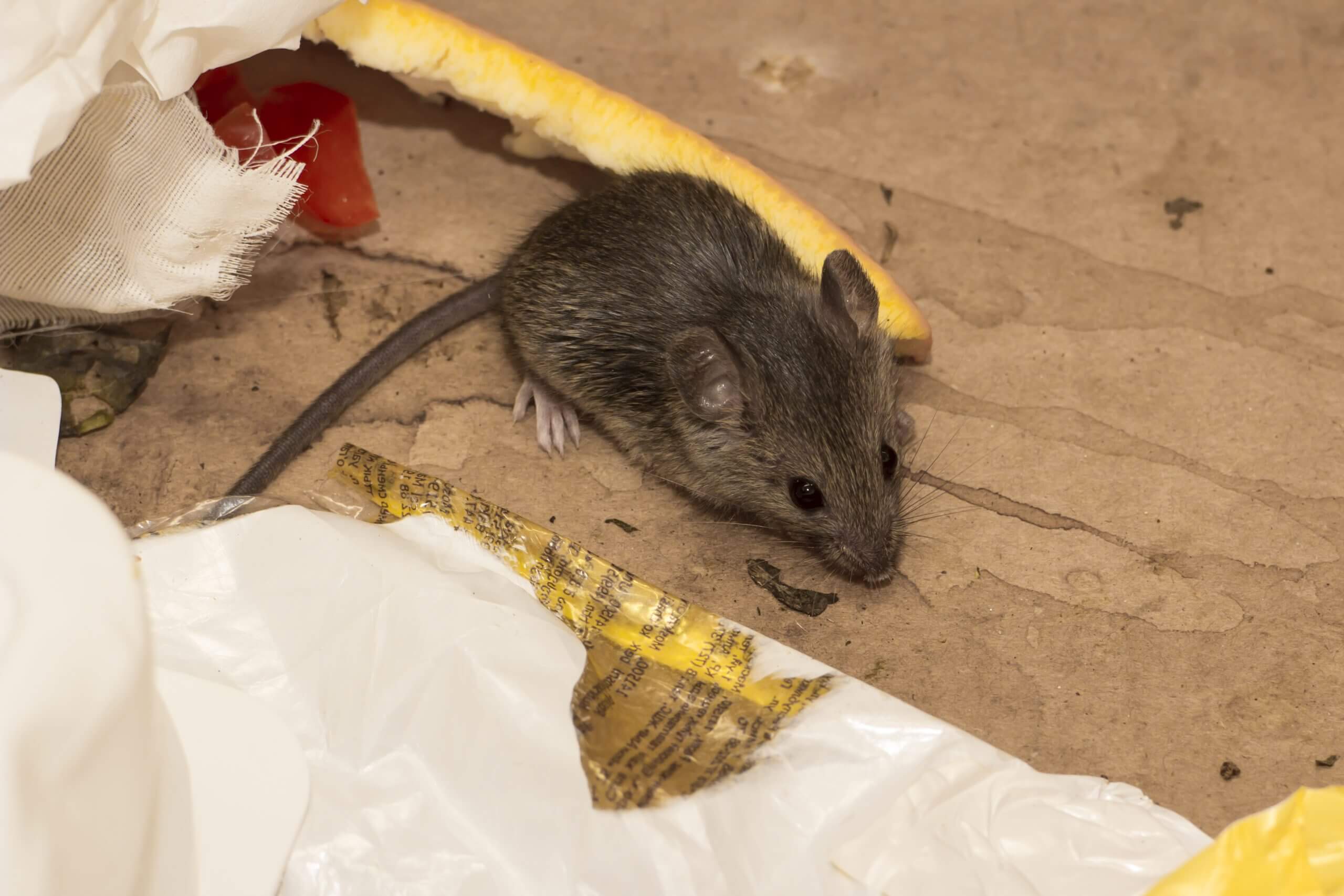

Specialized Home Improvement Topics
How To Get Mice Out Of Crawl Space
Modified: February 18, 2024
Learn effective methods to remove mice from your crawl space with specialized home improvement topics. Keep your home pest-free with our expert advice.
(Many of the links in this article redirect to a specific reviewed product. Your purchase of these products through affiliate links helps to generate commission for Storables.com, at no extra cost. Learn more)
Introduction
Dealing with a mice infestation in your crawl space can be a daunting and frustrating experience. These small rodents can cause significant damage to your home and pose health risks to you and your family. From gnawing on electrical wires to contaminating insulation with their droppings, mice can wreak havoc in this hidden area of your home.
In this comprehensive guide, we will explore effective strategies to get rid of mice from your crawl space. By understanding the problem, identifying entry points, removing food sources, sealing entry points, and utilizing traps and baits, you can take proactive measures to address this issue. Additionally, we will discuss the option of seeking professional help to ensure a thorough and lasting solution.
Let's delve into the intricacies of dealing with mice in your crawl space and equip ourselves with the knowledge and tools needed to effectively tackle this common household challenge.
Key Takeaways:
- Keep mice out of your crawl space by sealing entry points, removing food sources, and using traps. Professional help is available for persistent infestations.
- Prevent mice infestations in your crawl space by understanding their behavior, sealing entry points, removing food sources, and considering professional pest control services.
Read more: How To Get Mice Out Of A Mattress
Understanding the Problem
Mice infestations in crawl spaces are a common issue faced by homeowners. These small rodents are attracted to the dark, secluded environment of crawl spaces, which provides them with shelter and access to potential food sources. Understanding the behavior and habits of mice is crucial in effectively addressing this problem.
Mice are prolific breeders, with a single female capable of producing several litters in a year. This rapid reproduction rate can lead to a significant increase in the population of mice within a short period. Furthermore, mice are adept at squeezing through tiny openings, making it challenging to prevent their entry into crawl spaces.
One of the primary concerns associated with mice in crawl spaces is the potential damage they can cause. Mice are notorious for gnawing on various materials, including wood, insulation, and electrical wiring. This behavior not only compromises the structural integrity of the home but also poses a fire hazard due to damaged wiring. Additionally, mice leave behind droppings and urine, which can contaminate the crawl space environment and pose health risks to inhabitants.
Moreover, the presence of mice in the crawl space can lead to unpleasant odors permeating the living areas of the home. As mice forage for food, they may also venture into other parts of the house, leading to sightings in the kitchen or pantry. This can be distressing for homeowners and may indicate a more extensive infestation.
Understanding the extent of the problem is essential for devising an effective eradication plan. It is crucial to assess the signs of mice infestation, such as droppings, gnaw marks, and nesting materials, to gauge the severity of the issue. By recognizing the behaviors and habits of mice, homeowners can better anticipate their movements and take proactive measures to address the infestation.
In the subsequent sections, we will delve into practical strategies for identifying entry points, removing food sources, and implementing measures to eliminate mice from the crawl space. By gaining a comprehensive understanding of the problem at hand, homeowners can approach the eradication process with confidence and determination.
Identifying Entry Points
Identifying and sealing entry points is a crucial step in preventing mice from accessing your crawl space. Mice are adept at squeezing through small openings, making it essential to thoroughly inspect the exterior of your home for potential entry points. Here are the key steps to effectively identify entry points:
-
Exterior Inspection: Begin by conducting a meticulous examination of the exterior of your home, paying close attention to areas where pipes, vents, and utility lines enter the structure. Look for gaps or cracks in the foundation, siding, and around windows and doors. Mice can exploit even the tiniest openings, so it is essential to be thorough in your inspection.
-
Sealant and Caulk: Use a high-quality sealant or caulk to fill in any gaps or cracks identified during the inspection. Focus on areas where different building materials meet, as these junctions are common entry points for mice. Ensure that all potential entry points are effectively sealed to prevent mice from gaining access to the crawl space.
-
Vent Covers: Install vent covers with fine mesh screens to prevent mice from entering through vents or other openings. These covers not only deter mice but also serve as a barrier against other pests, such as insects and small rodents.
-
Door Sweeps and Weather Stripping: Check the integrity of door sweeps and weather stripping around exterior doors. Replace any worn or damaged components to create a tight seal, minimizing the likelihood of mice finding their way indoors.
-
Inspecting Interior Access Points: While the focus is often on exterior entry points, it is equally important to inspect the interior of the crawl space for potential access areas. Look for gaps around plumbing and electrical penetrations, as well as any openings in the interior walls that may allow mice to enter the living spaces of the home.
By diligently identifying and addressing entry points, homeowners can significantly reduce the likelihood of mice infiltrating their crawl space. This proactive approach forms a critical component of an integrated pest management strategy, aiming to create an inhospitable environment for mice and prevent future infestations.
In the subsequent sections, we will explore additional measures, such as removing food sources and utilizing traps and baits, to comprehensively address the issue of mice in the crawl space. By combining these strategies, homeowners can effectively mitigate the risk of mice infestations and safeguard their homes against these persistent pests.
Removing Food Sources
Removing food sources is a fundamental step in deterring mice from inhabiting your crawl space. Mice are opportunistic feeders and can subsist on a wide range of food items commonly found in and around homes. By eliminating accessible food sources, homeowners can disrupt the mice's food supply, making the crawl space less appealing to these pests.
Proper Food Storage
Properly storing food items in airtight containers is essential for minimizing the availability of food for mice. Dry goods, including grains, cereals, and pet food, should be stored in sealed containers to prevent mice from accessing and contaminating these items. Additionally, ensure that garbage bins are tightly sealed to prevent mice from foraging for food scraps.
Read more: How To Dig Out Crawl Space
Cleaning and Sanitization
Thoroughly cleaning the crawl space and adjacent areas can help remove food residues and odors that may attract mice. Regularly sweep and vacuum the space to eliminate crumbs and food particles. Pay attention to spills and food debris in storage areas, as these can serve as a readily available food source for mice.
Pet Food Management
If you have pets, be mindful of their feeding routines and food storage. Avoid leaving pet food out overnight and store it in secure containers. Mice are attracted to pet food, and unsecured feeding areas can inadvertently provide a food source for these pests.
Outdoor Maintenance
In addition to managing food sources within the home, it is essential to address outdoor factors that may attract mice. Keep outdoor garbage bins tightly sealed and clear away any food waste or debris in the vicinity of the home. By minimizing outdoor food sources, homeowners can reduce the likelihood of mice venturing near the crawl space.
Eliminating Water Sources
Mice require access to water for survival, and damp environments can attract them to the crawl space. Address any water leaks or moisture issues in the crawl space to create an inhospitable environment for mice. By eliminating water sources, homeowners can further discourage mice from establishing a presence in the crawl space.
By implementing these measures to remove food sources, homeowners can significantly reduce the attractiveness of the crawl space to mice. This proactive approach, combined with strategies to seal entry points and utilize traps and baits, forms a comprehensive plan for addressing mice infestations in the crawl space.
Read more: How To Clean Out Crawl Space
Sealing Entry Points
Effective sealing of entry points is a critical component of a comprehensive strategy to prevent mice from infiltrating your crawl space. Mice are remarkably adept at squeezing through tiny openings, making it essential to meticulously identify and seal potential entry points to create a barrier against these persistent pests.
The process of sealing entry points begins with a thorough inspection of the exterior of your home. Carefully examine the foundation, siding, and areas where utility lines, pipes, and vents enter the structure. Look for gaps, cracks, and openings that may serve as entry points for mice. It is important to approach this inspection with meticulous attention to detail, as mice can exploit even the smallest openings to gain access to the crawl space.
Once potential entry points have been identified, the next step involves using high-quality sealant or caulk to fill in these gaps and cracks. Focus on areas where different building materials meet, as well as any openings around windows and doors. By effectively sealing these entry points, homeowners can significantly reduce the likelihood of mice finding their way into the crawl space.
In addition to using sealant and caulk, installing vent covers with fine mesh screens can further fortify the crawl space against mice. These covers serve as a barrier, preventing mice from entering through vents or other openings while also deterring other pests, such as insects and small rodents.
Another crucial aspect of sealing entry points involves inspecting and maintaining door sweeps and weather stripping around exterior doors. Worn or damaged components should be promptly replaced to ensure a tight seal, minimizing the potential for mice to find their way indoors.
While the focus is often on exterior entry points, it is equally important to inspect the interior of the crawl space for potential access areas. Look for gaps around plumbing and electrical penetrations, as well as any openings in the interior walls that may allow mice to enter the living spaces of the home.
By diligently sealing entry points, homeowners can create a formidable defense against mice infestations in the crawl space. This proactive approach, when combined with other strategies such as removing food sources and utilizing traps and baits, forms a comprehensive plan to address and prevent mice infestations, safeguarding the home against these persistent pests.
Using Traps and Baits
Implementing traps and baits is a crucial step in effectively addressing mice infestations in the crawl space. These methods offer targeted and strategic means of capturing and eliminating mice, contributing to a comprehensive pest management plan. When deploying traps and baits, it is essential to consider the following key aspects:
Selecting the Right Traps
Choosing the appropriate type of traps is essential for maximizing effectiveness. Snap traps, electronic traps, and live traps are common options for capturing mice. Snap traps are designed to swiftly and humanely kill mice upon activation, while electronic traps deliver a quick and efficient electrocution. Live traps offer a non-lethal alternative, allowing for the capture and release of mice away from the property.
Strategic Placement
Strategically placing traps in the crawl space is crucial for increasing their efficacy. Focus on areas where mouse activity is evident, such as near entry points, along walls, and in secluded corners. Placing traps perpendicular to walls with the trigger end facing the wall can enhance their effectiveness, as mice tend to travel along edges.
Baiting Techniques
Utilizing appropriate bait can significantly enhance the allure of traps to mice. Common bait options include peanut butter, chocolate, and dried fruits. Apply a small amount of bait to the trigger mechanism of the trap, ensuring that it is sufficiently secured to prevent mice from easily removing it without triggering the trap.
Regular Monitoring and Maintenance
Consistent monitoring of traps is essential to ensure their ongoing effectiveness. Check traps regularly and replace bait as needed. Additionally, promptly remove captured mice to maintain the cleanliness and hygiene of the crawl space.
Safety Considerations
When using traps and baits, it is important to prioritize safety. Keep traps out of reach of children and pets, and handle them with caution to prevent accidental activation. Follow manufacturer instructions for setting and disposing of traps to minimize potential risks.
By integrating traps and baits into the overall pest management strategy, homeowners can effectively reduce the population of mice in the crawl space. These methods offer targeted and proactive means of addressing the infestation, contributing to a healthier and more secure home environment.
Incorporating traps and baits into the broader approach of identifying entry points, removing food sources, and sealing entry points forms a comprehensive plan for addressing mice infestations in the crawl space. By combining these strategies, homeowners can take proactive measures to mitigate the risk of mice infestations and safeguard their homes against these persistent pests.
Professional Help
In some cases, despite diligent efforts to address a mice infestation in the crawl space, homeowners may find that the problem persists or escalates. When faced with a persistent or extensive infestation, seeking professional help from pest control experts or exterminators can provide a comprehensive and lasting solution.
Professional pest control services bring a wealth of knowledge, experience, and specialized tools to effectively address mice infestations. These professionals are equipped to conduct thorough inspections of the crawl space, identifying hidden entry points and nesting areas that may have been overlooked. By leveraging their expertise, they can develop a targeted eradication plan tailored to the specific needs of the home.
Moreover, pest control professionals have access to a range of advanced treatment methods and products that may not be readily available to homeowners. From strategically deploying professional-grade traps and baits to implementing safe and effective rodent repellents, these experts can employ a multifaceted approach to eliminate mice from the crawl space.
One of the key advantages of enlisting professional help is the assurance of a comprehensive and systematic eradication process. Pest control experts can not only address the existing infestation but also implement preventive measures to fortify the crawl space against future incursions. This may include recommending and executing structural repairs, installing exclusion barriers, and providing ongoing monitoring to ensure long-term success.
Furthermore, professional pest control services prioritize safety and adherence to industry regulations. They are well-versed in the safe handling and disposal of rodenticides and other treatment products, minimizing potential risks to occupants and pets. By entrusting the eradication process to experienced professionals, homeowners can have peace of mind knowing that the infestation is being addressed with the utmost care and expertise.
Ultimately, seeking professional help for a mice infestation in the crawl space can offer a proactive and effective solution, particularly in cases where DIY efforts have proven insufficient. By collaborating with pest control experts, homeowners can benefit from a tailored approach, advanced treatment methods, and ongoing support to ensure a mice-free crawl space and a healthier home environment.
Read more: How Cold Does A Crawl Space Get
Conclusion
In conclusion, addressing a mice infestation in the crawl space requires a multifaceted approach that encompasses understanding the problem, identifying entry points, removing food sources, sealing entry points, utilizing traps and baits, and considering professional help when necessary. By gaining a comprehensive understanding of the behaviors and habits of mice, homeowners can proactively implement measures to mitigate the risk of infestations and safeguard their homes against these persistent pests.
The proactive identification and sealing of entry points play a pivotal role in creating a barrier against mice, preventing their infiltration into the crawl space. Thorough exterior and interior inspections, coupled with the strategic use of sealants, vent covers, and door sweeps, form a robust defense against potential entry points.
Furthermore, removing accessible food sources and implementing proper food storage and cleaning practices disrupts the mice's food supply, making the crawl space less appealing to these pests. By eliminating food residues and minimizing outdoor food sources, homeowners can significantly reduce the attractiveness of the crawl space to mice.
The strategic deployment of traps and baits offers targeted means of capturing and eliminating mice, contributing to a comprehensive pest management plan. By selecting the right traps, strategically placing them, and utilizing appropriate bait, homeowners can effectively reduce the population of mice in the crawl space.
In cases of persistent or extensive infestations, seeking professional help from pest control experts can provide a comprehensive and lasting solution. These professionals bring specialized knowledge, advanced treatment methods, and a systematic approach to eradicating mice from the crawl space, ensuring a healthier and more secure home environment.
By integrating these strategies and considering the unique needs of their homes, homeowners can take proactive measures to address and prevent mice infestations in the crawl space. This comprehensive approach not only mitigates the immediate infestation but also fortifies the crawl space against future incursions, promoting a safer and more comfortable living environment for all occupants.
Frequently Asked Questions about How To Get Mice Out Of Crawl Space
Was this page helpful?
At Storables.com, we guarantee accurate and reliable information. Our content, validated by Expert Board Contributors, is crafted following stringent Editorial Policies. We're committed to providing you with well-researched, expert-backed insights for all your informational needs.
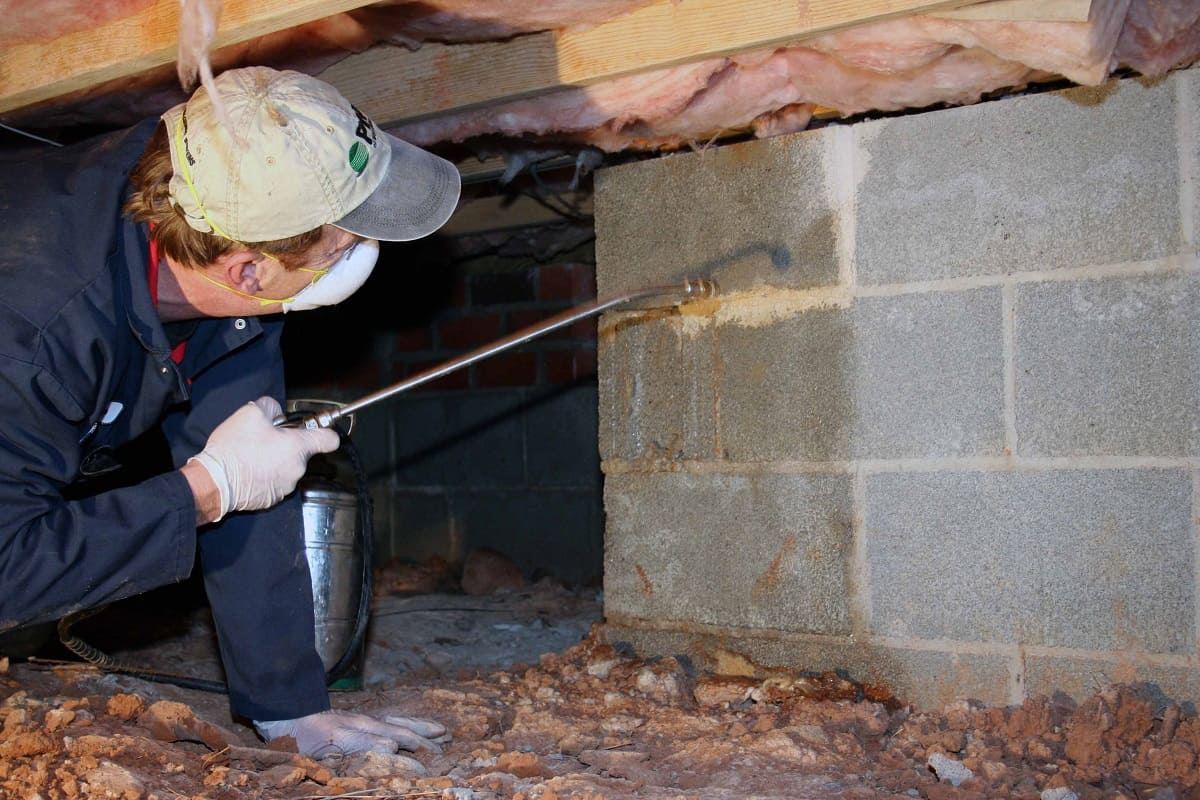
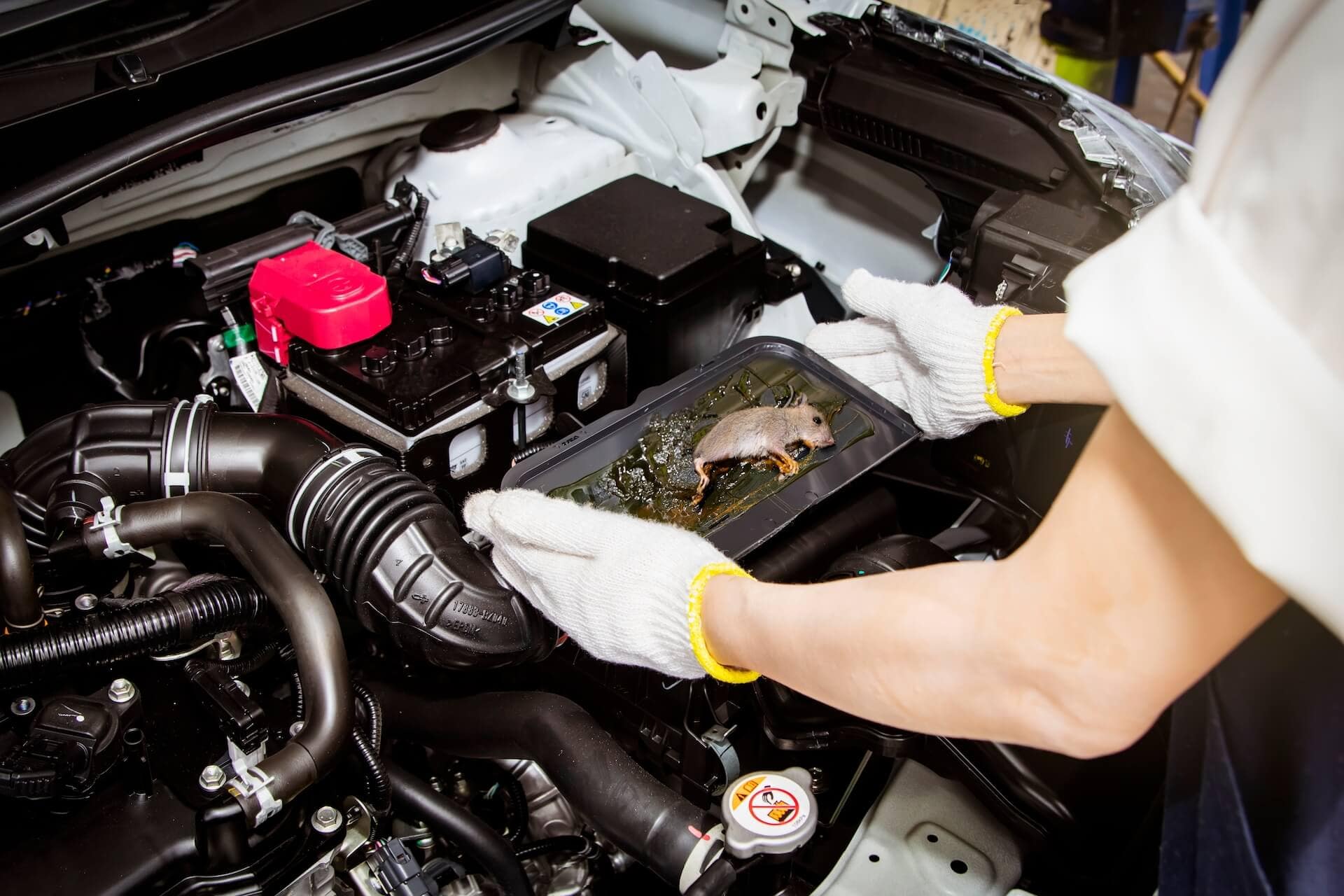
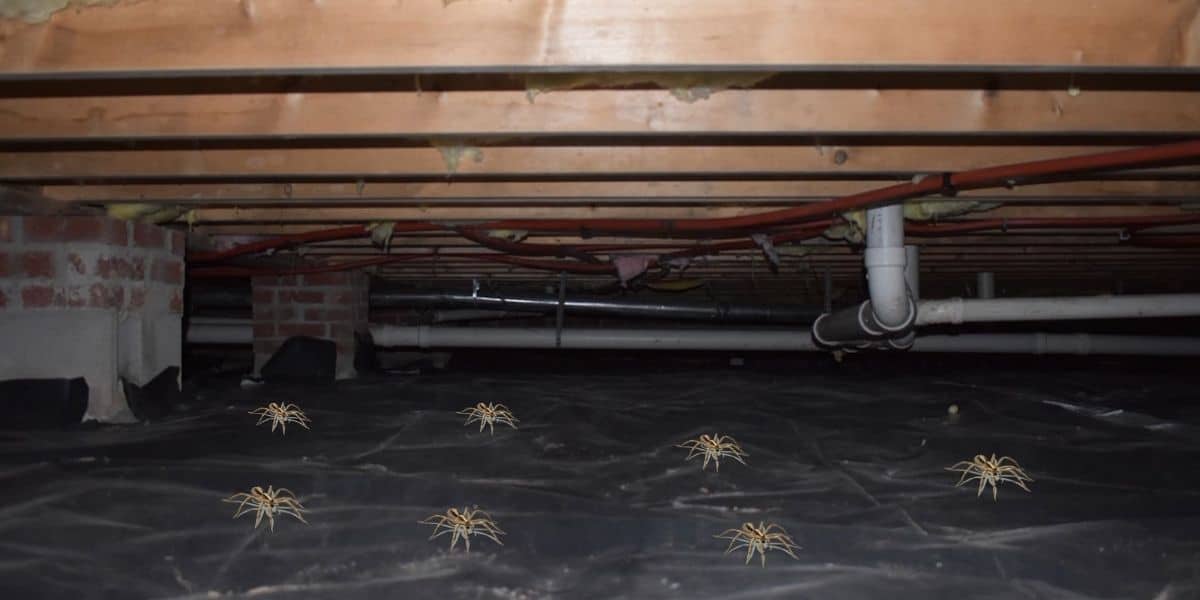
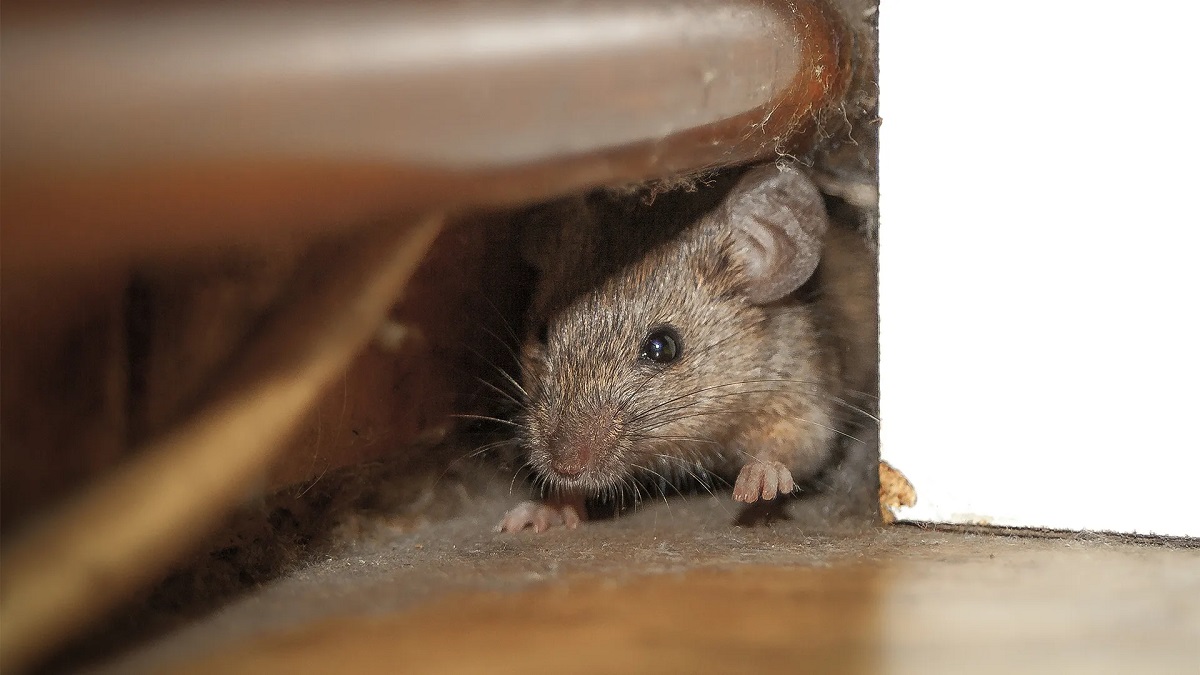
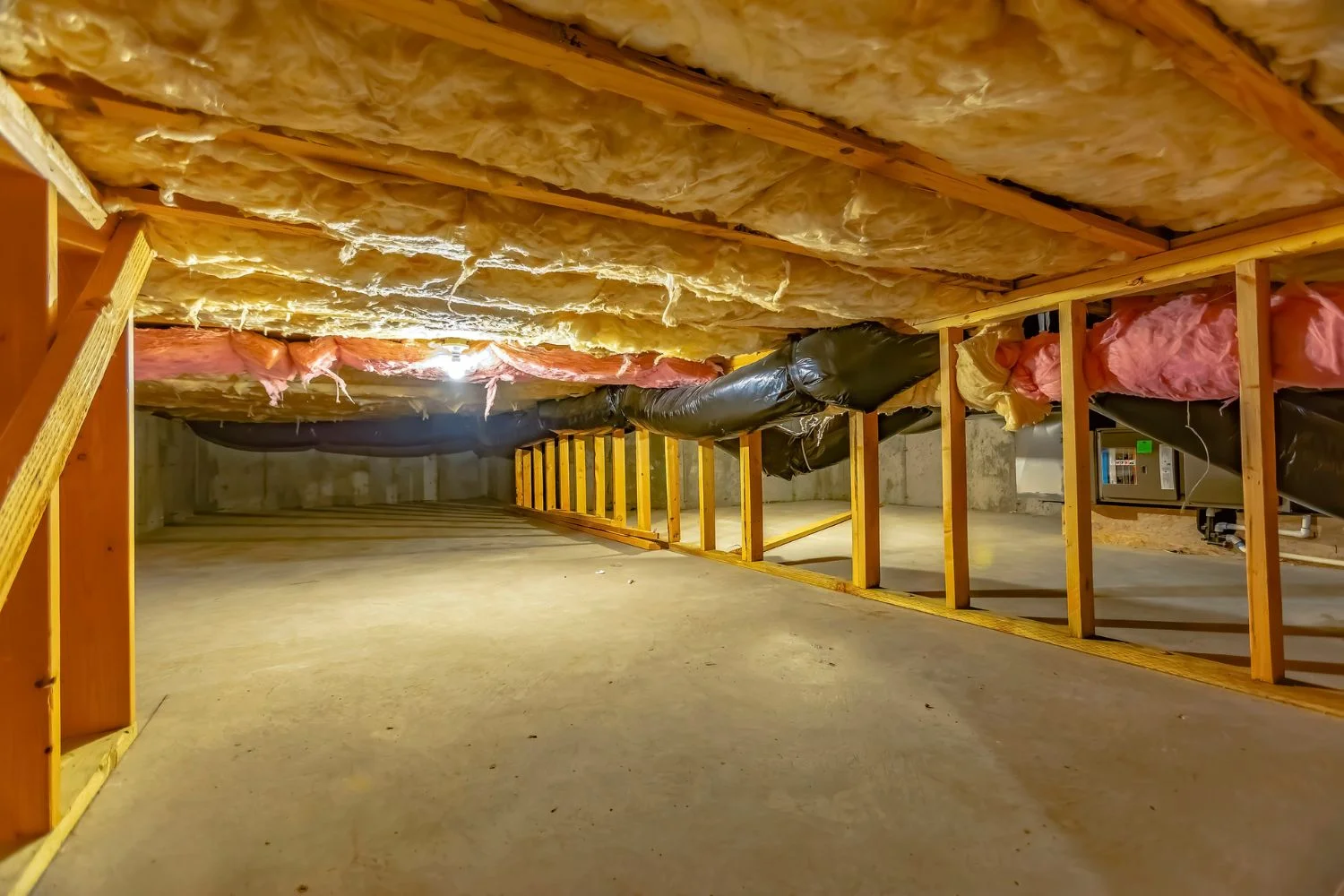
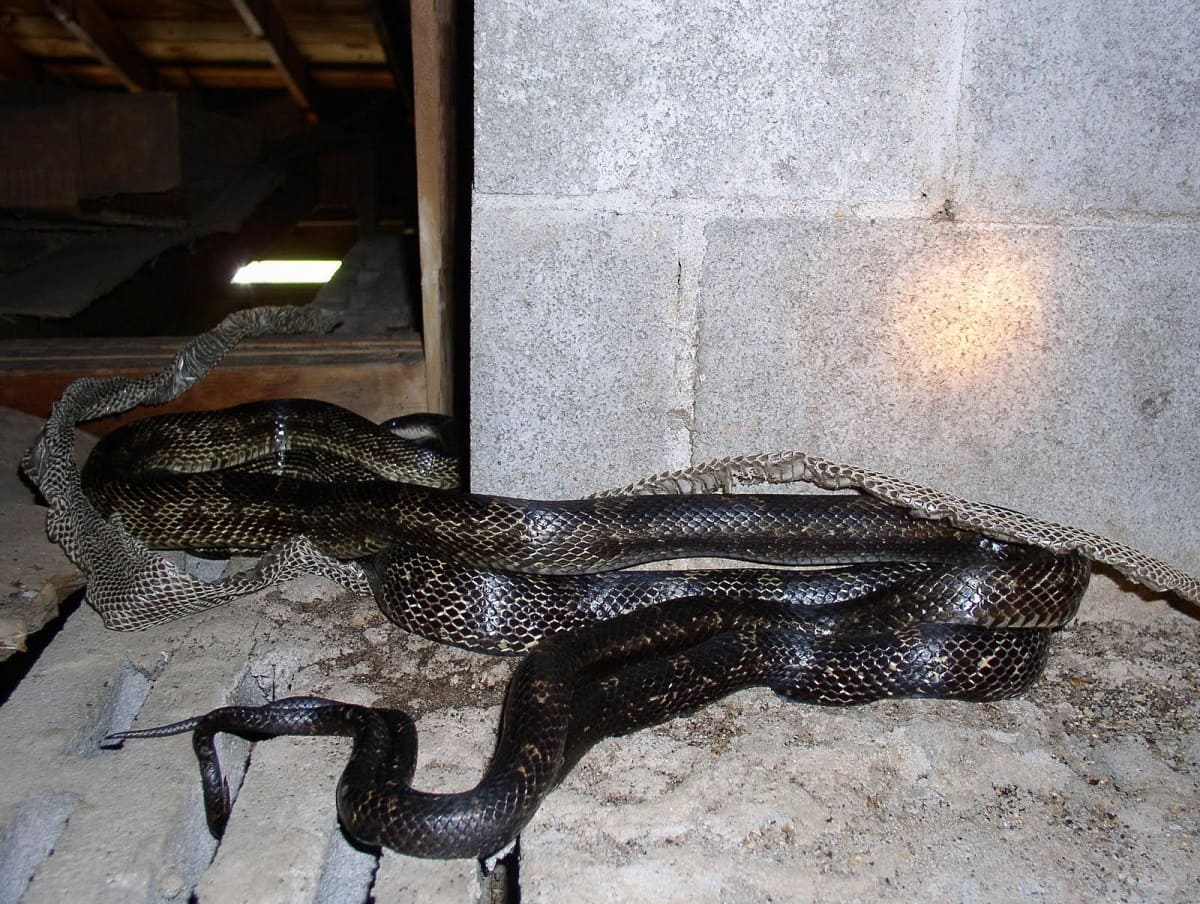
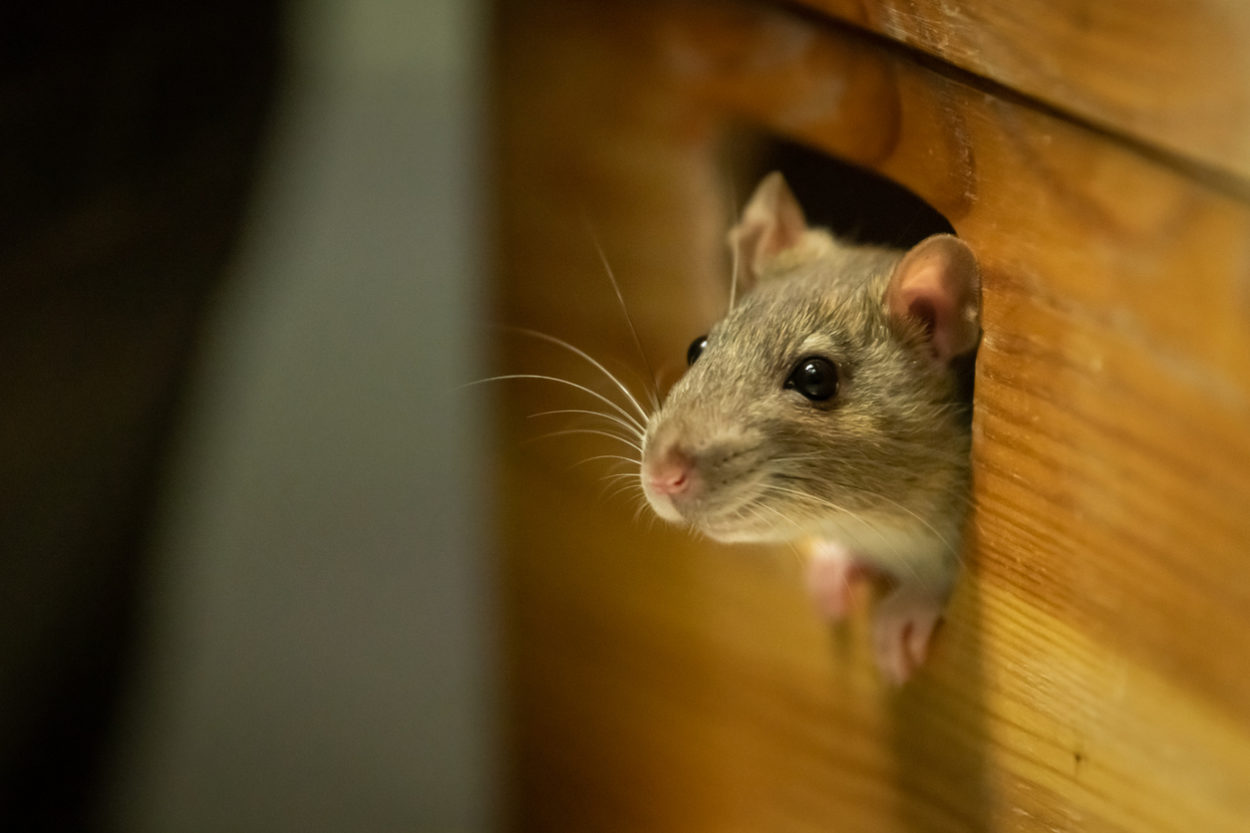
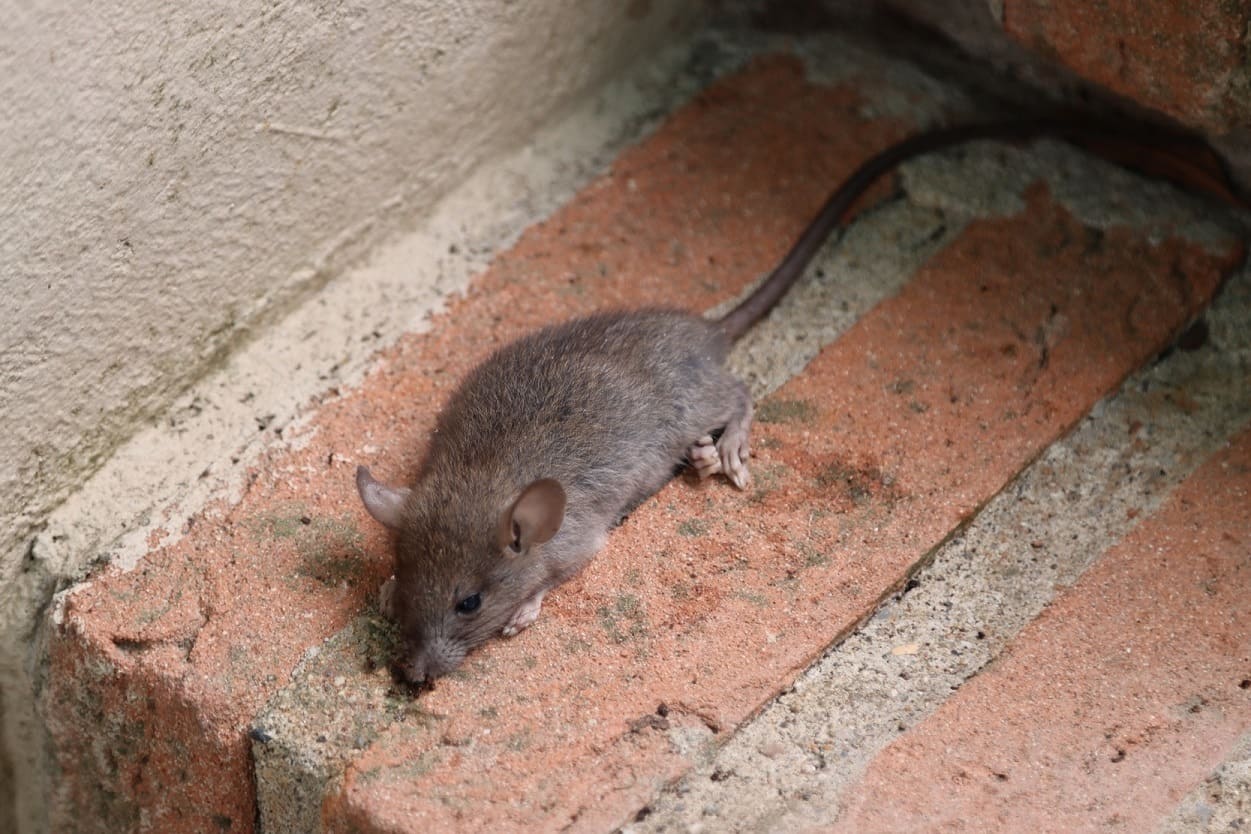
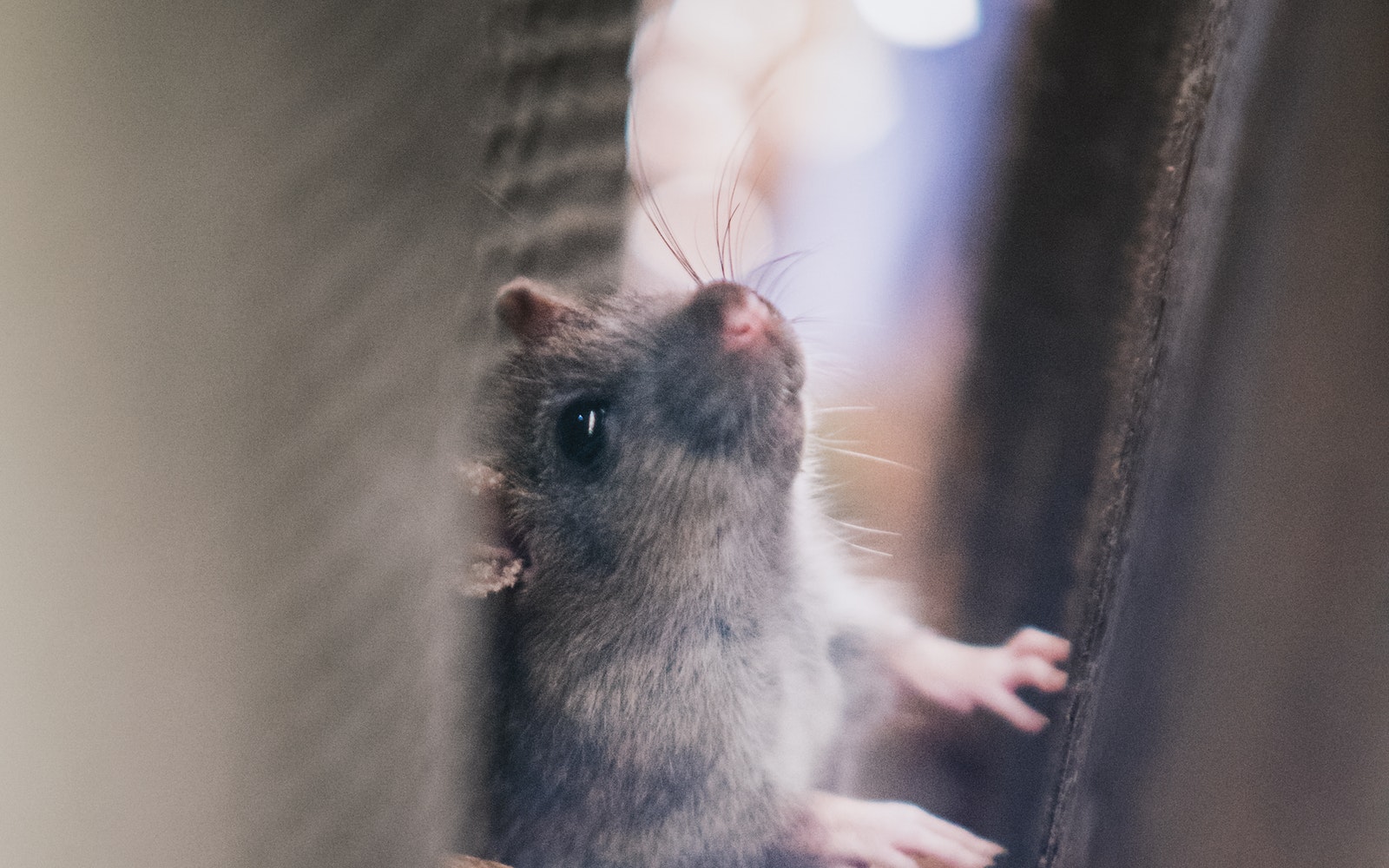
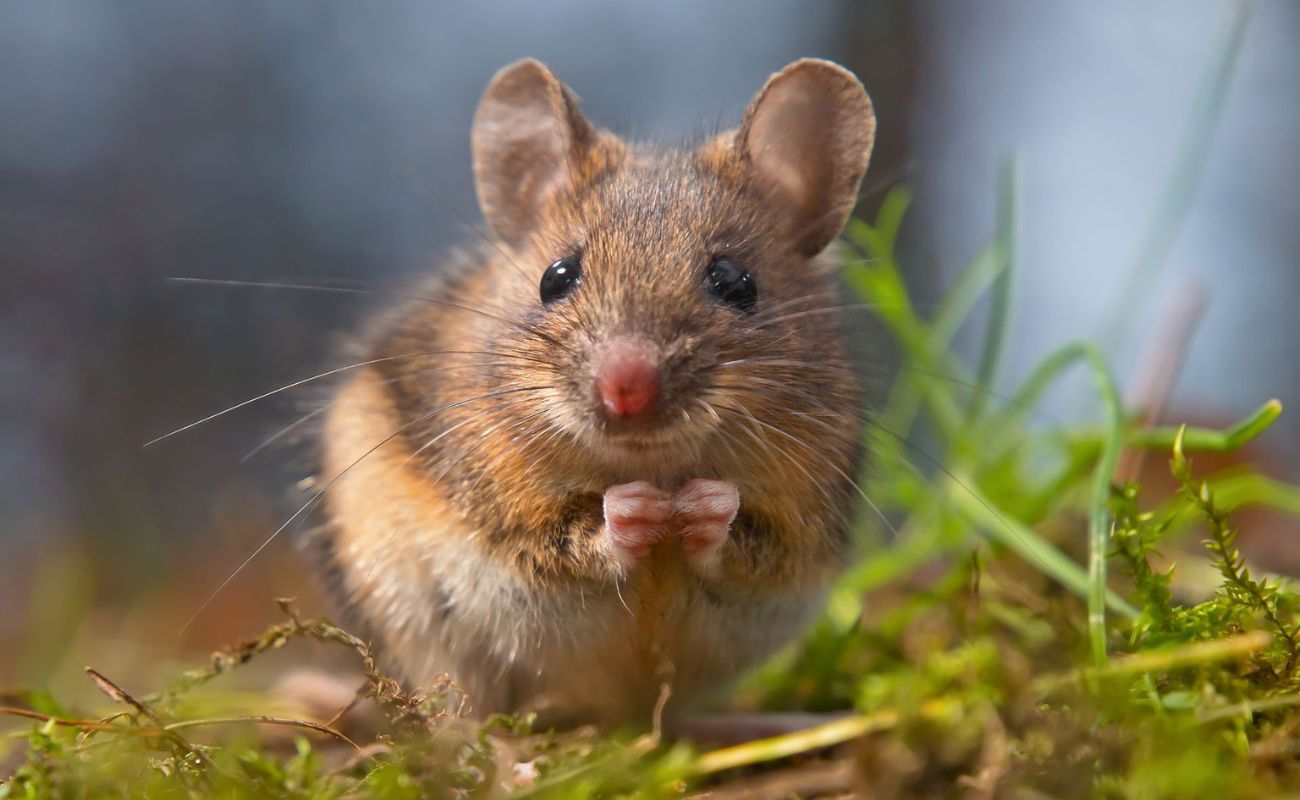
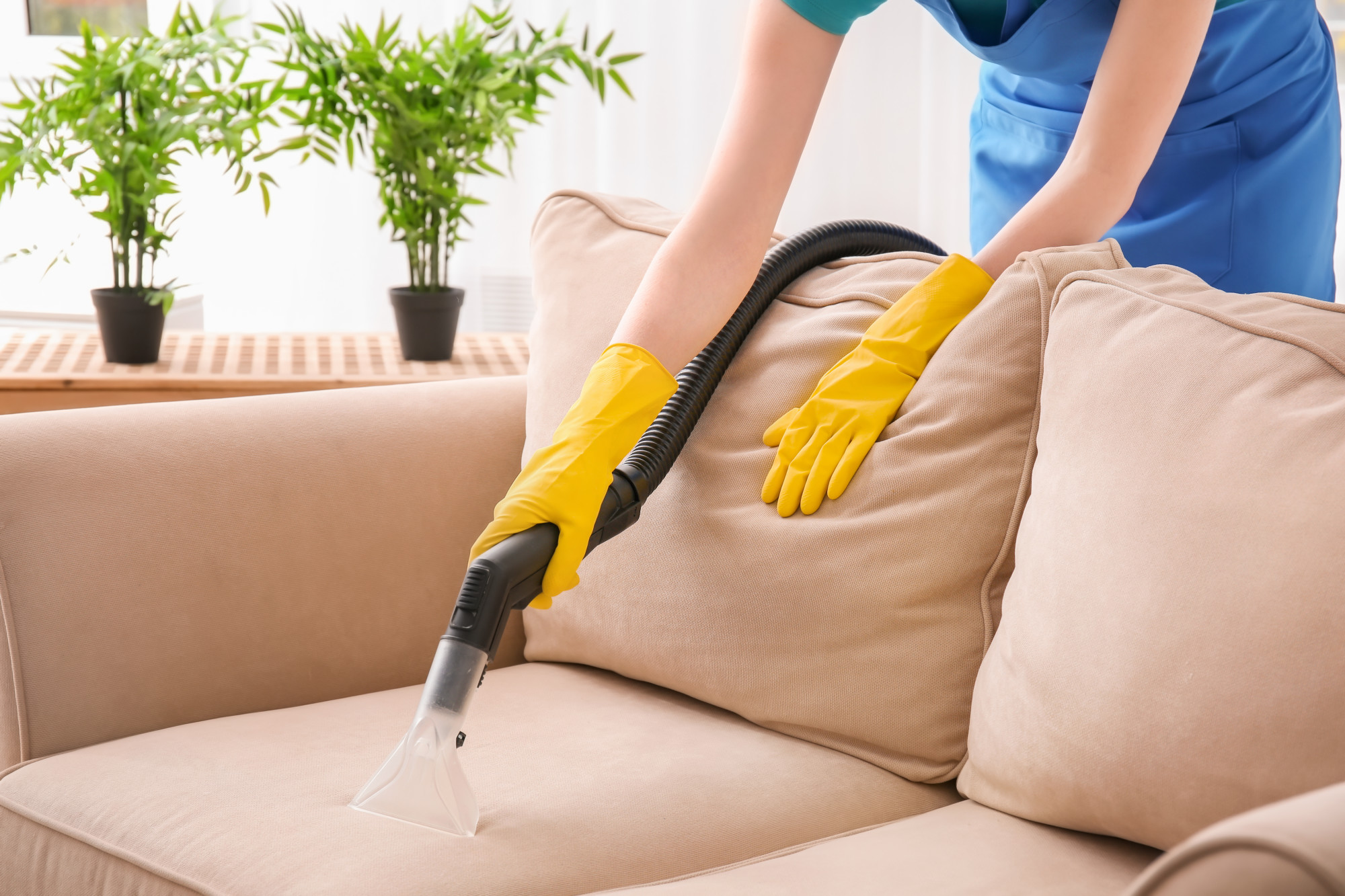

0 thoughts on “How To Get Mice Out Of Crawl Space”